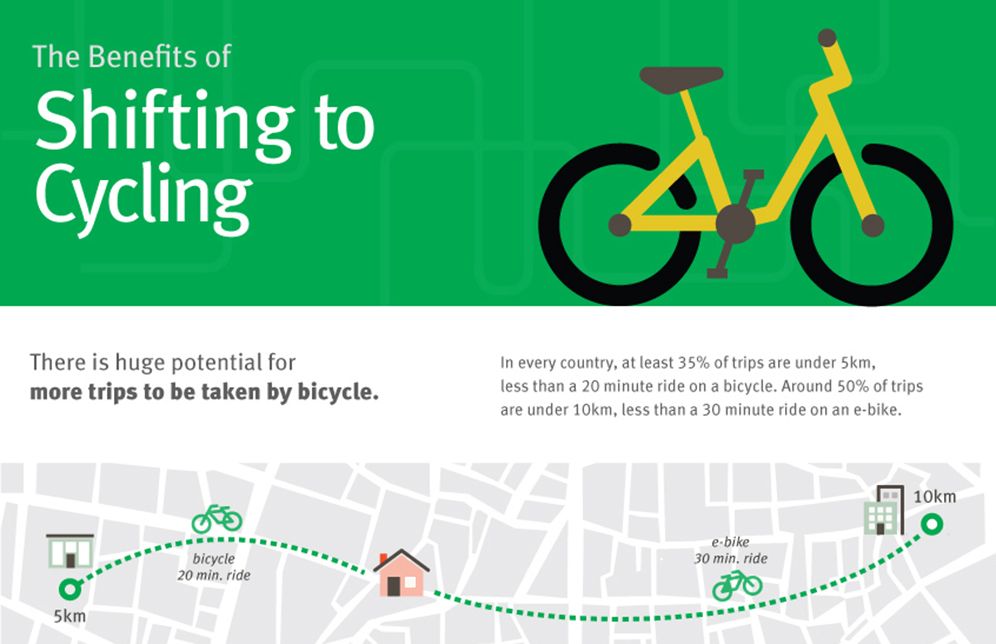E-Bike Classifications Explained: Recognizing The Implications Of Each Group

Web Content Author-Desai Coyne
If you're thinking about buying an e-bike, comprehending the different courses is key in making an educated decision. You could be shocked at how each course offers one-of-a-kind attributes that deal with numerous riding preferences and legal requirements. From pedal-assist options to throttle-controlled models, each class has its advantages. So, before you select the excellent e-bike for your demands, it's essential to grasp the differences in between Class 1, Course 2, and Class 3 e-bikes.
Class 1 E-Bikes
Course 1 E-Bikes are defined as pedal-assist electrical bicycles that supply aid just when you pedal, ceasing to do so as soon as you reach 20 miles per hour. These bikes are best for those trying to find a little additional increase while still wanting to get some exercise. Class 1 E-Bikes supply a smooth change between pedaling and electric aid, assisting you overcome hills and cross countries easily. relevant web page begins as soon as you begin pedaling, providing a natural and simple and easy trip experience.
big and tall bikes of the vital advantages of Course 1 E-Bikes is that they're allowed on most bike courses and trails where typical bikes are allowed. This implies you can explore new routes and delight in the outdoors without any limitations.
Furthermore, these bikes are environmentally friendly and offer a sustainable setting of transport, minimizing your carbon impact while still obtaining you to your location efficiently.
Course 2 E-Bikes
Proceeding from the pedal-assist dynamics of Class 1 E-Bikes, Class 2 E-Bikes present a new aspect right into the electric bicycle realm. These e-bikes come with a twist throttle attribute, enabling you to ride without pedaling in any way. With this addition, you have the choice to simply engage the throttle and allow the electric motor do the job, pushing you ahead effortlessly.
Course 2 E-Bikes are perfect for cyclists that may require a break from pedaling or need assistance when starting from a complete stop. This attribute makes them specifically appealing for individuals with limited wheelchair or those that desire a more leisurely riding experience.
However, it's important to keep in mind that Course 2 E-Bikes are still regulated by a speed restriction of 20 mph, ensuring security and conformity with guidelines.
Class 3 E-Bikes
For riders looking for a more dynamic electric cycling experience, Class 3 E-Bikes deal boosted speed and efficiency compared to their Course 1 and Course 2 counterparts. Course 3 E-Bikes are known as "speed pedelecs" and can get to speeds of up to 28 miles per hour, providing a thrilling experience for those trying to find an additional increase. These bikes come equipped with a pedal-assist system that begins when you start pedaling, making it less complicated to maintain higher speeds with much less effort.
One key feature of Course 3 E-Bikes is that they aren't restricted to bike lanes just; they can additionally be used on streets where the rate limit is 30 miles per hour or lower. This flexibility enables riders to browse with website traffic extra efficiently while still enjoying the benefits of electric assistance.
Nonetheless, it's vital to keep in mind that some locations might have certain regulations relating to making use of Class 3 E-Bikes, so always check neighborhood legislations prior to hitting the trail.
Conclusion
So, now that you comprehend the distinctions in between Class 1, 2, and 3 E-Bikes, you can make an informed decision on which kind ideal matches your requirements. Whether you prefer pedal-assist, throttle attribute, or higher speeds, there is an E-Bike class around for you. Keep in mind to consider your neighborhood policies and personal choices before making your option. Delighted riding!

